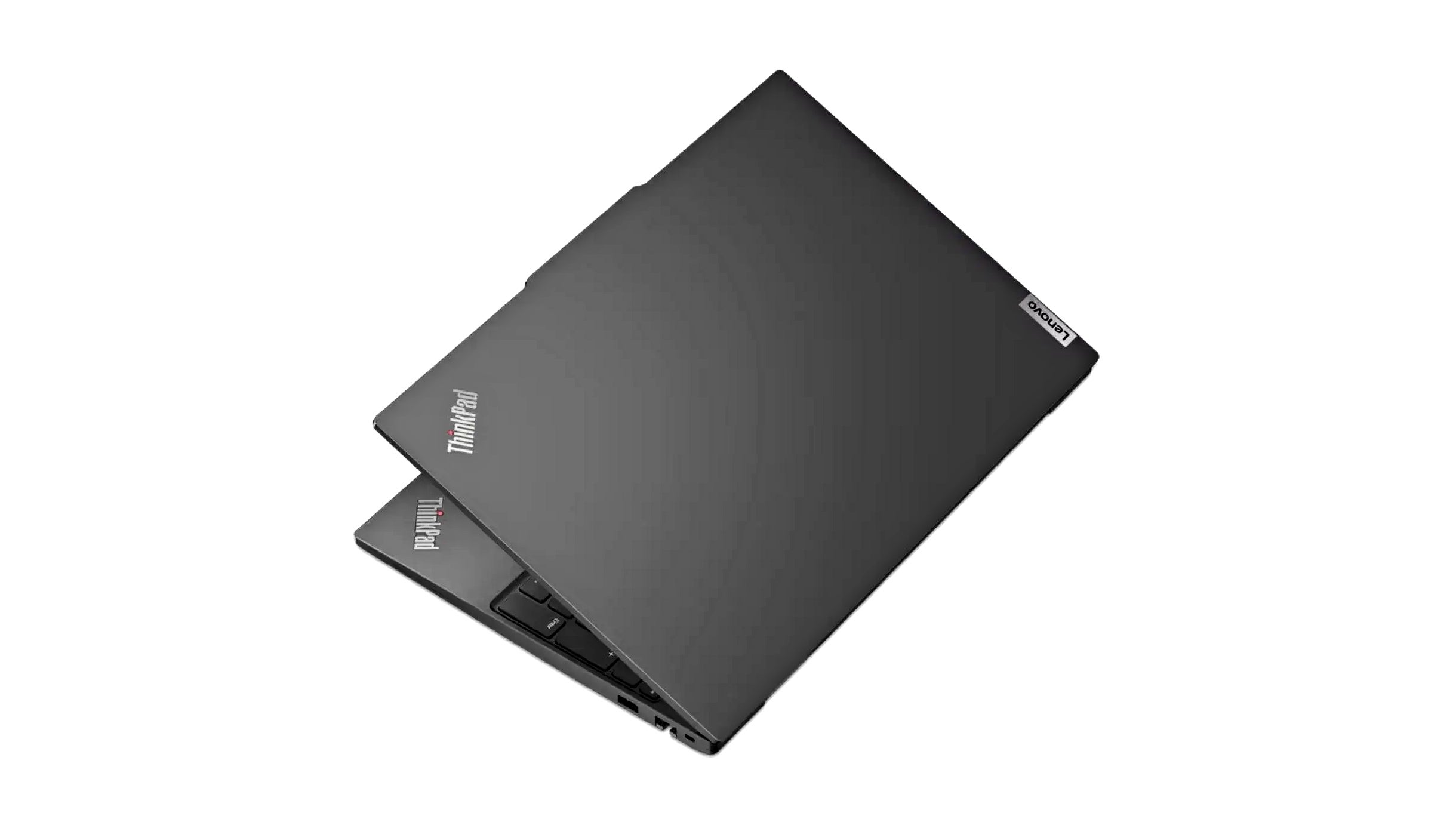A Complete Guide to 24X7 In-cabin Monitoring Services
In the age of rapidly developing AI, real-time monitoring services have become essential for industries needing security and surveillance services to make instantaneous decision-making. These industries range from autonomous vehicles, healthcare, and intelligent security systems to industrial automation and old-age homes. Businesses are seeking this service to develop AI models capable of processing live feeds… Continue reading A Complete Guide to 24X7 In-cabin Monitoring Services The post A Complete Guide to 24X7 In-cabin Monitoring Services appeared first on Cogitotech.

In the age of rapidly developing AI, real-time monitoring services have become essential for industries needing security and surveillance services to make instantaneous decision-making. These industries range from autonomous vehicles, healthcare, and intelligent security systems to industrial automation and old-age homes. Businesses are seeking this service to develop AI models capable of processing live feeds with accuracy. Yet, efficiency in real-time AI is built on one determinant factor: the quality of training data and smooth annotation workflow.
Cogito Tech, a seasoned provider of AI data services, offers to help businesses set up dependable real-time observation systems by eliminating the need for heavy upfront investment in infrastructure and staffing. The following blog discusses in-cabin monitoring, the role of data annotation, its management, and quality assurance, allowing enterprises to realize the full capability of real-time applications.
What is in-cabin monitoring?
In-cabin observation is a part of real-time monitoring services. It consists of both audio and video monitoring and uses AI-based tools to track the movements of what’s happening inside a vehicle while someone is driving. These systems are so advanced that they can detect critical factors like driver drowsiness, facial features, child presence observation, passenger seat movements, or seatbelt usage.
For this to work well, AI models need quality reference data, which comes from 24×7 real-time monitoring. Annotators, here, play a key role in identifying signs of drowsiness or distraction so that the system transmits alerts to the driver to get the driver’s attention back on the task of driving.
As a data annotation company, we believe in reducing costs and ensuring 24/7 expert oversight. It signifies the important role of labeling images or videos so the model can learn to recognize different threat situations, enhancing immediate response systems of vehicles.
That’s why workflow management is important—it helps teams handle large amounts of reference data and maintain model performance accuracy.
Best practices to follow while monitoring video
In-cabin monitoring systems (ICMS) can include several sub-systems like driver monitoring systems (DMS) and occupant monitoring systems (OMS). Our video security solutions comply with the following:
1. Set Clear Rules for Accurate Data Annotation
Establishing precise and unambiguous annotation criteria for every AI project is our primary strategy for achieving quality. They serve as a rulebook for the data annotations, telling them exactly what to do and how to accomplish it. If there were no clear standards, different employees might mark the same data differently, leading to mistakes and confusion.
The instructions must clarify each detail—from labeling objects, movements, or behaviors to what degree of specificity is required to clearly indicate what constitutes a good annotation and what does not. Should a subtle head turn be tagged as a distraction in driver monitoring? What about a partially seen face—is that still an appropriate label? The little things here tremendously impact the quality of your AI model’s learning. The instructions should define the following:
- Data Taxonomy: Mentioning the categories and subcategories applied to annotations such as driver posture, facial expressions, and object types.
- Annotation Type: Write various data elements, such as labeling actions or drawing bounding boxes around objects.
- Edge Cases: It is extremely important to identify edge cases, which may involve challenging situations like covered faces and unclear gestures. Your guidelines should state how to label these edge cases and address new situations without guidelines surrounding them.
2. Selecting Annotation Tool
Having the right annotation tool is essential for efficient workflow administration. Find scalable and adaptable technologies that can accommodate different kinds of annotations. At Cogito Tech, we have specialized annotation tools that offer amazing features like version control, plugins, and data management platform connection, ensuring smooth annotation workflow.
The annotation platforms available today offer several processes for in-cabin video monitoring projects. These can increase accuracy and efficiency:
Accelerated Pre-labeling
To reduce labor overload, AI-powered technologies for automatic object detection, facial point detection, or activity detection are carefully realized as part of model training. The technologies save annotators time by automatically detecting and highlighting facial features and ensuring they can accurately arrange and label things under human supervision.
Consensus and Collaboration
These tools allow annotators to collaborate on the same video frame to discuss interpretations using chat functionality, eliminate the need for back-and-forth communication, and allow consistency in resolving ambiguities.
3. Train Annotators on In-Cabin Video Monitoring Nuances
Accuracy and consistency in the annotated data are essential for improved utility, and annotation quality relies on the annotators’ domain experience. Their expertise matters because various types of optical cameras are at the heart of in-cabin monitoring systems. They capture essential information such as facial expressions, eye movements, and head positions, all of which are part of labeling.
Subject-matter experts understand the differences between these sensors and must label specialized sensors such as accelerometers and gyroscopes. These sensors track physical changes inside the vehicle, such as sudden braking or swerving. Comprehensive training on these specific tools is provided for better model performance, enhancing the system’s safety features.
Why choose us?
At Cogito Tech, we prioritize data security. Our 24/7 in-cabin monitoring services allow us to access sensitive information about drivers and passengers, and we keep it safe and secure by following strict security and privacy protections.
At our core services, we follow best practices for managing data workflows. Here’s how we achieve security at every stage:
By Removing Personal Details
We eliminate users’ personal information as part of data de-identification to maintain user privacy by applying anonymization measures. Since raw data usually has recognizable elements such as faces or number plates, we use blurring, pixelation, data swapping, or skeletonization to keep it anonymous. These processes eliminate personal information while preserving the data in a form still usable for model training.
By Locking Down Access Control
We secure storage & controls to prevent data leaks. It’s identical to limiting access according to user roles so that only approved staff should see or work with the information and raise alarms on suspicious attempts to access it. We also check log reviews regularly to identify security vulnerabilities before they become threats.
By Following Regulatory Compliance
We follow international data protection laws and regulations such as GDPR to mandate compliance measures. Moreover, our data processing of personal information is also applied to annotation processes, complying with these laws to remain trusted.
What’s Next?
Undoubtedly, annotation can facilitate quicker project completion times, better data quality, and more dependable AI models for driver safety, occupant comfort, and a safer experience.
Cogito Tech emphasizes on quality control along with adherence to regulatory frameworks for annotating in-cabin monitoring data. Click here to find out more about our services.
The post A Complete Guide to 24X7 In-cabin Monitoring Services appeared first on Cogitotech.









































































































































































![[The AI Show Episode 143]: ChatGPT Revenue Surge, New AGI Timelines, Amazon’s AI Agent, Claude for Education, Model Context Protocol & LLMs Pass the Turing Test](https://www.marketingaiinstitute.com/hubfs/ep%20143%20cover.png)















































































































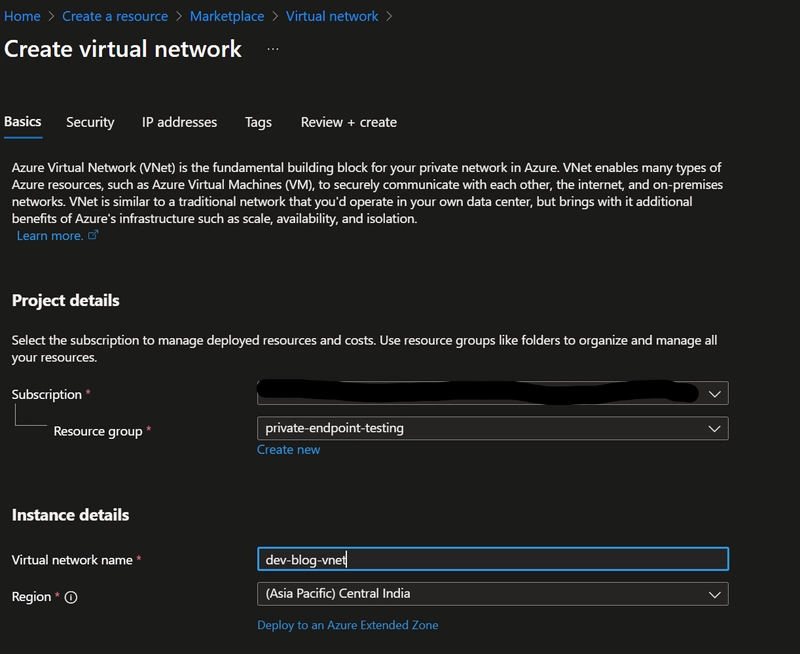












![From Accountant to Data Engineer with Alyson La [Podcast #168]](https://cdn.hashnode.com/res/hashnode/image/upload/v1744420903260/fae4b593-d653-41eb-b70b-031591aa2f35.png?#)



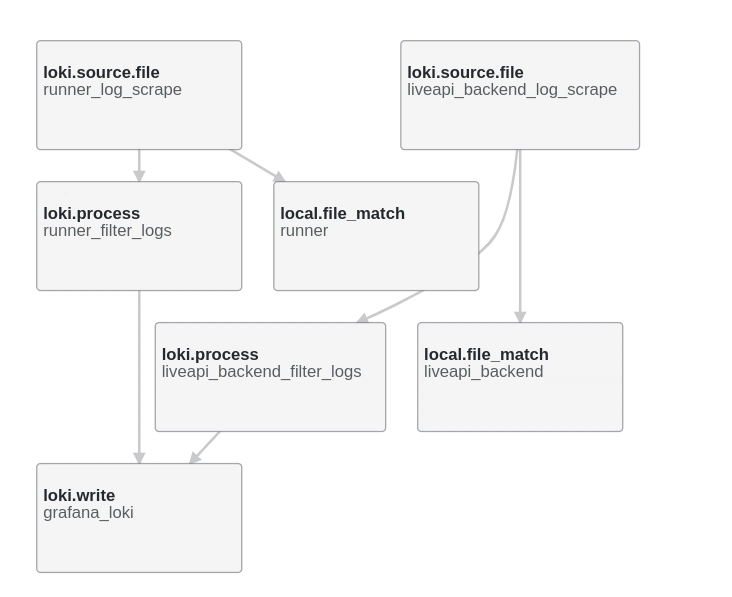

































































































.png?#)













































































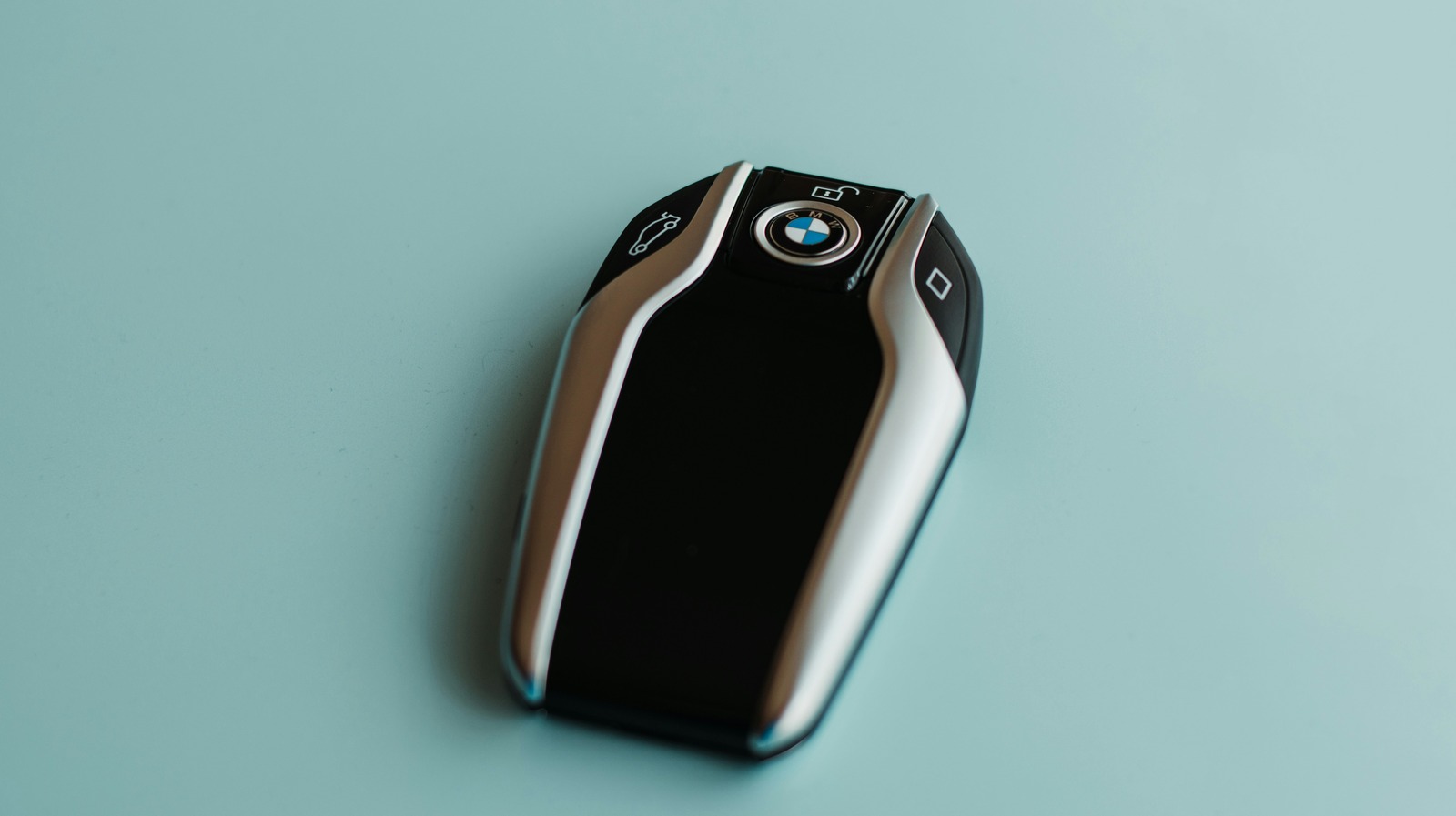














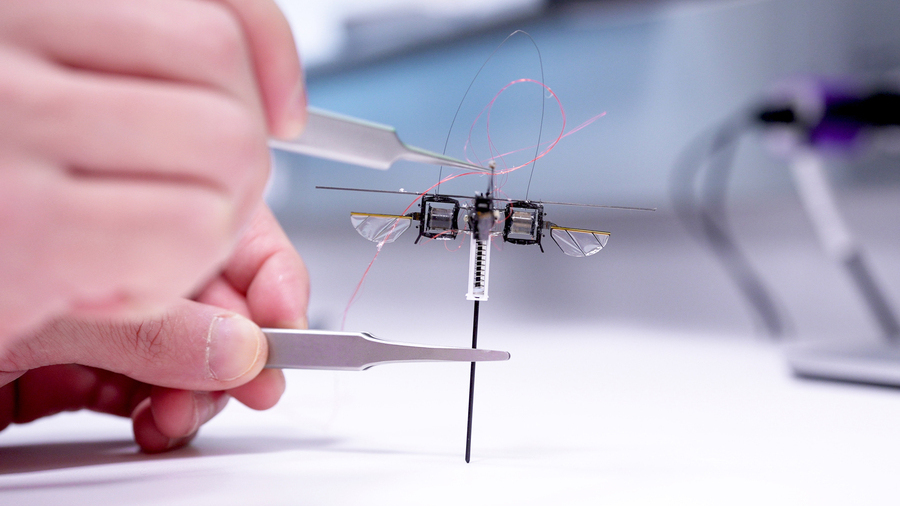






















































![Apple Posts Full First Episode of 'Your Friends & Neighbors' on YouTube [Video]](https://www.iclarified.com/images/news/96990/96990/96990-640.jpg)

![Apple May Implement Global iPhone Price Increases to Mitigate Tariff Impacts [Report]](https://www.iclarified.com/images/news/96987/96987/96987-640.jpg)
















































